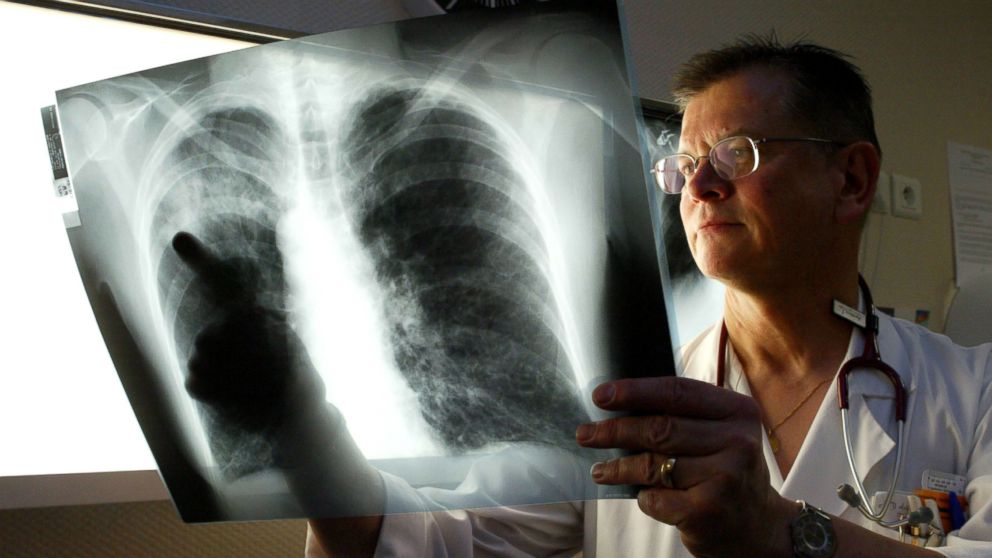The worst-ever outbreak of Legionnaires’ disease in New York City has yet to be stopped as health officials today raised the total number of dead to 10 with 100 people infected.
Those who died were older adults with underlying medical conditions, according to city health officials.
Mayor Bill de Blasio said earlier this week that officials had expected cases to wane in upcoming days to weeks, but an increased number of cases have highlighted how difficult it can be to stop a Legionnaires’ outbreak.
The bacterial disease is spread when contaminated water-mist is inhaled. It can be spread through fountains, shower heads or air conditioning cooling units that mist water from the machinery. The New York City Health Department said it has found and tested 17 cooling towers in the area where the outbreak occurred and five tested positive for the bacteria.
Officials have already cleaned and flushed those cooling towers, but they are continuing to investigate whether there are any other potential sources for infection. De Blasio said this outbreak prompted him to introduce new legislation to cut down on future outbreaks.
In a news conference, he said the legislation would require new inspection standards for buildings with cooling and condensing units. If the bacteria is detected in the units, the building managers will be immediately required to take action or face penalties. If building managers fail to act, the city will step in.
Dr. William Schaffner, an infectious disease expert from Vanderbilt University Medical Center in Nashville, Tennessee, said stopping such outbreaks could be difficult because the Legionella bacteria that causes Legionnaires’ disease is naturally occurring in the environment.
"First of all, Legionnaires’ disease is not a predictable event; it occurs here, there and everywhere," Schaffner said. "Very few [outbreaks] are this large."
The source of the outbreak can also be hard to identify, Schaffner said, because of the difficulty of connecting bacteria found in cooling towers to the people affected by the disease.
ABC News' chief health and medical editor, Dr. Richard Besser, said he was concerned about statements made by city health officials saying they were confident that one or more of the five cooling towers was the source of the outbreak.
"Outbreaks of Legionnaires’ disease can be very difficult to sort out. Most people who are exposed don't get sick and the bacteria can travel in mist through the air over large distances," Besser said. "They [health officials] say they are confident that one or more of those cooling towers is the source.
"However, I think it's pretty hard to be certain without matching bacteria from the cooling tower to a patient -- something that has not been possible, or seeing that the number of cases declines. Without that decline, it seems a bit premature to be confident that this is over."
Schaffner said the next few days to weeks will be key to determining whether the source of the outbreak had been stopped or whether people are still presenting with new cases.
"It could [take] time for a diagnosis to be made and information to be reported to health department," Schaffner said. "We’d hope that cases clearly diminish in next week or two."









